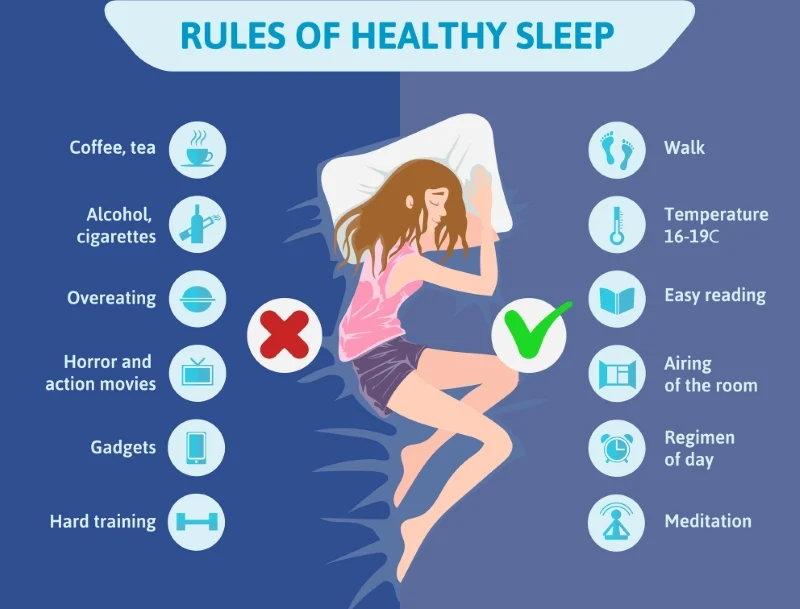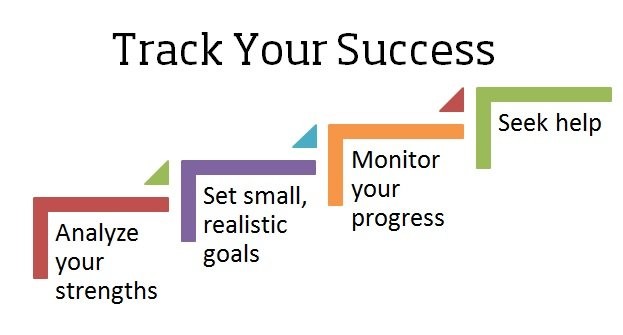How can start a healthy lifestyle

Maintaining a healthy lifestyle might frequently seem like an unattainable aim in the fast-paced world of today.
The significance of self-care and well-being can easily be overlooked when balancing job, family, and social obligations.
On the other hand, living a healthy lifestyle can result in more energy, more mental clarity, and an all-around higher standard of living.
If you’re ready to take this life-changing adventure, this article will give you useful tips and methods for kicking off a healthy lifestyle.
Knowing How to Lead a Healthier Lifestyle

It’s important to know what makes a healthy lifestyle before getting into the details. Fundamentally, leading a healthy lifestyle means taking a balanced approach to many facets of life, such as:
Nutrition: Eating a balanced diet that gives your body all the vital nutrients it needs to operate at its best.
Physical Activity: Consistently working out to preserve general health and physical fitness.
Mental health includes stress management, developing wholesome relationships, and preserving emotional stability.
Sleep: Getting enough good sleep is essential for healing and general well-being.
Regular examinations and screenings to identify and treat health problems are known as preventive healthcare.
step 1: Evaluate Your Existing Way of Living

You must assess your current situation before making any changes.
You may create realistic goals and pinpoint areas that require development with the aid of this self-assessment. Think about the following enquiries:
What kind of diet do you follow right now? Do you have a varied diet, or are you deficient in any particular nutrients?
How frequently do you work out? Do you work out on a regular basis or only occasionally?
How stressed out are you? Are you handling stress well, or is it getting in the way of your day-to-day activities?
What is your sleep schedule like? Do you consistently get a good night’s sleep?
Do you stay up to date on healthcare prevention? Do you plan to have regular check-ups with your doctor?
Step 2: Set Measurable, Specific Objectives

After evaluating your existing way of life, it’s time to make specific, attainable goals. Aim for measurable, precise goals rather than broad ones like “I want to be healthier.” As an illustration:
Nutrition: “I’ll make sure my diet includes at least five servings of fruits and vegetables each day.”
Exercise: “Five times a week, I will perform 30 minutes of moderate exercise, such as brisk walking or cycling.”
Mental Health: “To reduce stress, I will meditate or practise mindfulness for ten minutes every day.”
Sleep: “I’ll set a regular sleep schedule and strive for 7-8 hours of sleep every night.”
Step 3: Make Modest Adjustments

It can be daunting and unsustainable to completely change your way of life. Strive to implement changes gradually instead. Build upon the one or two regions you’ve already established.
As an illustration:
Nutrition: Start by replacing bad snacks with more nutritious ones. Increase the amount of entire foods in your diet—such as fruits, vegetables, and lean proteins—gradually.
Exercise: Gradually increase the length and intensity of your sessions by starting with short, reasonable workouts. To make working out more fun, think about adding things you enjoy doing.
Step4: Establish a Well-Balanced Diet

The foundation of a healthy lifestyle is nutrition. Here are some essential guidelines to remember:
Eat a Variety of Foods: Make sure to incorporate a range of whole grains, fruits, vegetables, lean meats, and healthy fats into your diet. Essential nutrients from each food group support many facets of your health.
Control Portion Sizes: To prevent overindulging, be mindful of portion sizes. Pay attention to your body’s hunger signals and use smaller portions.
Stretching and yoga can help you become more flexible and balanced, which can lower your risk of injury and improve your range of motion.
Step 5: Include Frequently Scheduled Exercise

It’s essential to exercise regularly to keep your body and mind healthy. Exercises that combine strength, flexibility, and cardiovascular training should be your goal. This is how to begin:
Cardiovascular Exercise: Heart-pumping exercises that enhance cardiovascular health include jogging, cycling, swimming, and walking. Try to get in at least 150 minutes a week of moderate-to-intense exercise.
Strength Training: To increase muscle mass and speed up metabolism, incorporate strength training activities like lifting weights or bodyweight exercises. Try to get in two or three sessions of strength training per week.
Stretching and yoga can help you become more flexible and balanced, which can lower your risk of injury and improve your range of motion.
Step 6: Give mental health first priority

The importance of mental and physical wellness is equal. The following are some methods to improve your mental health:
Practice Mindfulness: To reduce stress and enhance mental clarity, try mindfulness exercises like meditation or deep breathing.
Maintain Contact: Keep up solid bonds with your loved ones and pals. Social assistance can ease emotional distress and lessen feelings of isolation.
Establish Boundaries: Set limits to control your work-life balance and avoid burnout. Allocate time for your favourite pastimes and enjoyable pursuits.
Step 7: Create a Regular Sleep Schedule

Getting enough sleep is essential for general health and wellbeing. To enhance your sleep quality.
Establish a Sleep Schedule: To maintain your body’s internal clock, go to bed and wake up at the same time every day, including on the weekends.
Enhance Your Sleep Environment Make sure the place is cool, quiet, and dark. Invest in pillows and a comfy mattress.
Limit Screen Time: Try not to use electronics right before bed because the blue light from them can keep you from falling asleep.
Step 8: Participate in Healthcare Prevention

Early detection of possible health issues is made possible by the use of routine medical check-ups and screenings. Ensure that you:
Plan Frequent Check-Ups: Make an appointment with your primary care physician for annual physicals and immunisations.
Keep abreast with Screenings: According to your age and risk factors, abide by the suggested criteria for tests, including blood pressure checks, cholesterol checks, and cancer screenings.
Step 9: Track Your Progress

Monitoring your progress helps keep you motivated and allows you to make necessary adjustments. Consider using a journal or a health app to track:
Dietary Intake: Record what you eat to ensure you’re meeting your nutritional goals.
Exercise Routine: Keep track of your workouts and progress over time.
Mental Health: Note your stress levels and coping strategies.
Sleep Patterns: Monitor your sleep duration and quality.
Step 10: Seek Help and Continue to Be Inspired

Changing to a healthy lifestyle is a journey that calls for perseverance and encouragement. This is how you keep on course:
Locate a Support System: Get in touch with loved ones, friends, or support organisations that have similar health objectives. Having accountability partners helps improve drive.
Celebrate Little Wins: Regardless of how tiny your progress may be, acknowledge it and celebrate it. Acknowledging successes keeps excitement alive.
Remain Adaptable: Recognise that obstacles can arise. Rather than letting them depress you, see them as chances to grow and modify your strategy.
In summary
A holistic strategy that incorporates adequate nutrition, consistent exercise, mental wellness, restful sleep, and preventive healthcare is necessary to begin living a healthy lifestyle.
You can design a fulfilling and long-lasting route to improved health by establishing clear objectives, implementing small adjustments gradually, and getting help.
Recall that adopting a healthy lifestyle is a marathon, not a sprint. Celebrate each step towards a better, happier version of yourself, stay motivated, and embrace the process.
